How to make Sorbets
Sorbets are typically made of simple syrup (water and sugar) and suitable flavouring. As with other ice creams, air also needs to be incorporated in the base mixture to avoid rock-solid end results. Sorbets normally do not contain any dairy products, and without the fat these contain, the challenge is usually to keep down the size of the ice crystals. As with ordinary ice cream, large ice crystals will affect the texture negatively, away from the desired “smooth” and closer to the undesired “icy”. We will also take a quick look at sorbets made only with fruit purée and sugar (no simple sugar).
The main keys to success? Enough, but not too much, sugar, and fast freezing!
The overall sugar content and the basic sugar syrup
Since sorbets can be made on many different things (sweet fruits, more sour fruits, wines of differing sweetness …), some serious makers would insist on matching the proportions (sugar/water-ratio) to the specific fruit (or other flavouring) to be used. For that reason, it is difficult to give one “universal” sorbet recipe: just the sugar in the sugar syrup will typically not be enough, and adjustments will depend on what kind of sorbet you are making: dates have a natural sugar content of about 65 %, limes one of about 3 % = why you ideally should find a way to measure the overall sugar content of your sorbet base, which in the end ideally should contain about 25-35 % overall sugar.
Serious sorbet-making should therefore preferably use a special instrument to check the sugar content of the syrup. One such instrument is the refractometer, which measures the level of sweetness on a so-called Brix (°Bx) scale. Also used is the density measuring Baumé hydrometer, using the so-called Baumé scale. As per the above, a sorbet mixture (at least fruit-based ones) should keep about 17-18 °Baumé / 30-31 °Brix.
Why? If the sorbet mixture is too sweet, the level of sugar will prevent the sorbet from freezing properly. If the level of sugar is too low, however, the sorbet will freeze too hard, and the flavour is likely to taste “watered down”. Also with regard to the flavour, remember that the un-frozen base should taste somewhat sweeter than you would like, since the cold will dull the sensation of sweetness experienced in the final sorbet.
A mix of equal parts of water and sugar will give you a basic simple syrup to start with.
That said, I have seen some who have suggested a 65 % sugar/35 % water simple sugar syrup, which – I suppose – probably is intended to bring the sugar content closer to the final overall one, since most fruit sorbets will require more than what the sugar syrup alone can provide. What matters in the end is, however, the overall sugar content of the sorbet.
If you would like to minimise experimentation but still want to be serious about sugar levels (but not serious, or rich, enough to buy special instruments to check it), I will pass on an old kitchen trick: the Egg test.
An alternative take on making sorbets: Sorbets made with fruit purée and no sugar syrup
While this post focuses on “classic” sorbets made out of flavour and sugar syrup, there are other ways to make sorbet:
It is possible to make sorbets without any sugar syrup if the water content of the rest of the ingredients is high enough and sugar is added to the fruit purée: fruit sorbets are prime examples – go here for a delicious Strawberry sorbet made with this method!
Sorbets made this way – basically by mixing fruit purée and sugar – tend to melt quicker than “traditional” sorbet (since they contain less water), but often make up for this by offering fuller and rich(er) flavour experience. Just keep in mind that you still need to add sugar in case you want to have a sorbet, rather than just a chunk of frozen fruit purée.
The Egg test – estimate sugar levels without using special instruments
This test only requires a fresh egg. On the web, I have seen it well explained by Jenni Field. Basically, you drop the fresh egg (wash it first!) into the mixture. Watch carefully how much of the egg is showing up above the surface once it has resurfaced. If the egg remains submerged, or if less than about a scant 2 1/2 cm is showing above the surface, add more sugar. Likewise, if more than 2 1/2 cm is showing up, add more juice, fruit puree or water to the mixture.
When the “ideal” 2 1/2 cm elevation is achieved, this should translate into the likewise ideal 17-18 °Baumé!
(Why use fresh eggs? When eggs become older, they begin to contain more and more air. Eventually, an old egg would begin to float almost regardless of sugar content, which would render the Egg test rather worthless)
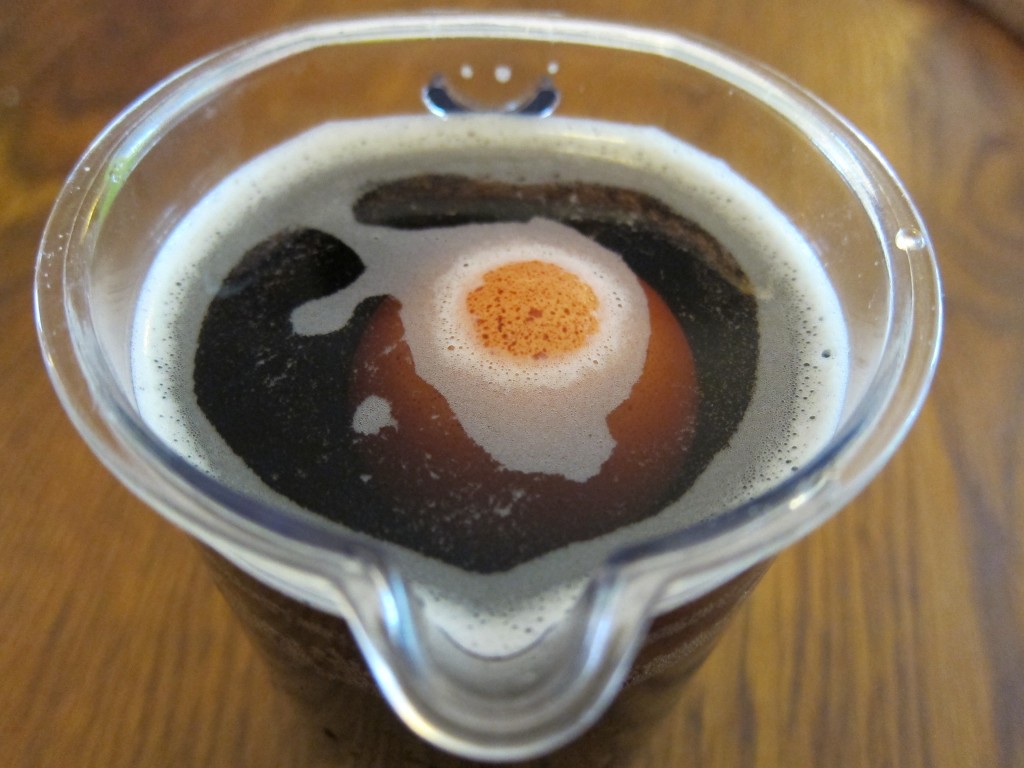
The Egg test in action – here with a Cola sorbet base
How to actually create the simple sugar syrup
There are basically two ways of preparing simple sugar syrup.
Cooking the water and sugar together seems to be the traditional, generally suggested option in most ice cream literature I have come across. Simmering the water and sugar for about five minutes is usually enough to create the viscous blend you want (see below for a chemical explanation of why sugar syrup is something more than just an uncomplicated mixture of water and sugar …).
However, there is also the much speedier way (let us call it the Hurried bartender’s method) which also tend to work quite well, and which does not require any cooling down: Simply mix water and sugar together without any heating. Whisk/stir/shake until all the sugar has dissolved. Voilà – ready to use! Obviously, if you do not find this solution ‘syrupy’ enough, do simmer the mixture!
Extra reading – Sugar syrup chemistry
What happens when sugar (sucrose) mixes with water? Chemically speaking, the weak bonds between the individual sucrose molecules are broken, and they are released into the water. Strong hydrogen bonds are created between the water and the sugar molecules, which is very good for sorbets: The sugar molecules not only increase the resulting syrup’s capacity to bind water (obviously super-important for avoiding unwanted iciness and improving texture) and offer sweetness – they also lower the freezing point (increases scoopability) and increase the shelf life. The process is greatly speeded up by heating, which is probably why boiling sugar syrup is the traditionally preferred method.
To add to the complexity, there are different types of sugars. And they all affect sorbets (and ice creams) differently. This and most other posts on this website assumes the use of “ordinary” white sugar (sucrose). However, those who wish to explore ice cream chemistry further will soon realise that mixing in other types (glucose, fructose, dextrose, maltodextrin …) can have profound effects. Most of these sugars adds less sweetness but are more effective in controlling crystallisation and depressing the freezing point than sucrose: in other words, their use can make the sorbet come out softer and creamier/less icy-feeling but without making them overly sweet (compared to the hefty amounts of sucrose required to affect the consistency in the same way).
Glucose- and Corn Syrup: consistency helpers
Glucose syrup and corn syrup are both examples of so-called inverted sugars. I mention them here because they are often used to improve on sorbets, quite accessible and easy to use. Their impact on consistency is more powerful than ordinary sucrose, allowing for an overall softer and “creamier” sorbet that still doesn’t taste overly sweet (as would have been the case if sucrose would be added to similar effect). Many sorbet makers swear by the addition of any of these inverted sugars, and those interested could well test to see what happens if, say, about 100 ml (around 1/2 cup) of the white sugar is replaced by these syrups. I personally often add 1-2 tablespoons of glucose- or corn syrup to my sorbet bases: even a small amount can go a long way.
Storage
A syrup, once made, can be stored in a bottle or closed jar in the refrigerator for about 2-3 weeks. When the syrup starts to become cloudy, it is about to begin to mold and should be discarded.
Base recipe – Sorbet
- Prepare a simple sugar syrup with equal parts water and sugar, like 500 ml (2 cups) water and 500 ml (2 cups) sugar. Since the sugar will dissolve, this should net you about 800 ml (about 3.4 cups) of simple sugar syrup.
- [If you would like to try the “sugar-elevated” 65/35 simple syrup instead, mix 525 ml (2,2 cups) sugar and 275 ml (1.16 cup) water.]
- If you cook the syrup (about 5 minutes of simmering, or less, should do), let it cool down before proceeding further.
- Mix the cooled down syrup with an equal volume of berries- or fruit purée/fruit juice + the specific additional sugar to match these and reach the desired overall sugar content for sorbets.
- In order to avoid an otherwise overly sweet sorbet, consider adding the juice of 1 lemon to the base.
- Freeze according to the instructions of your ice cream machine. If you do not have an ice cream machine, still-freeze in your freezer (go here for more exact instructions).
- Before freezing the mixture, consider adding 1-2 tablespoons of inverted sugar (such as corn syrup or glucose syrup), in order to ensure that the sorbet won’t freeze too solid and stay nice and soft(er). You could soften a sorbet up with a little bit of alcohol too, but go carefully – too much, and the mixture might never freeze.
UPDATE: For MORE WAYS TO IMPROVE SORBETS not covered above, check out this general post on various ways to make them better and last longer in the freezer, this post devoted to the particular, classic method of adding so-called Italian meringue and the more modern method of adding Aquafaba meringue: both methods guaranteed to take your sorbets to new heights 😉
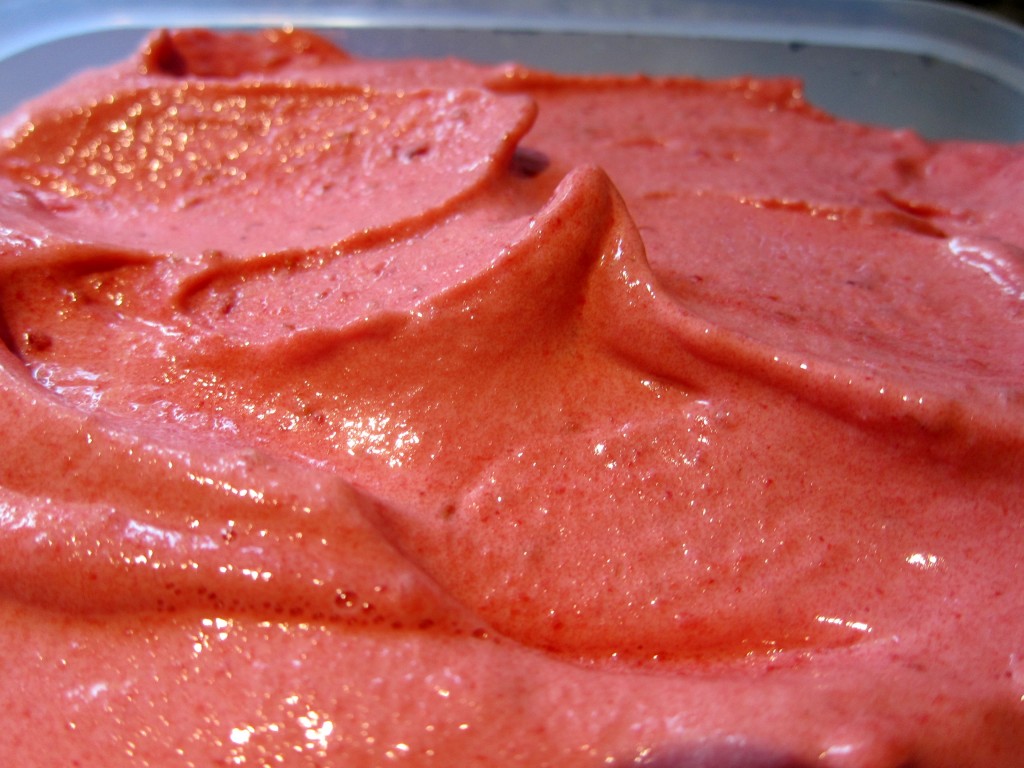
Old school raspberry sorbet (with Italian meringue). If you would like to avoid using eggs, you could as well use the extremely-easy-to-make Aquafaba meringue.
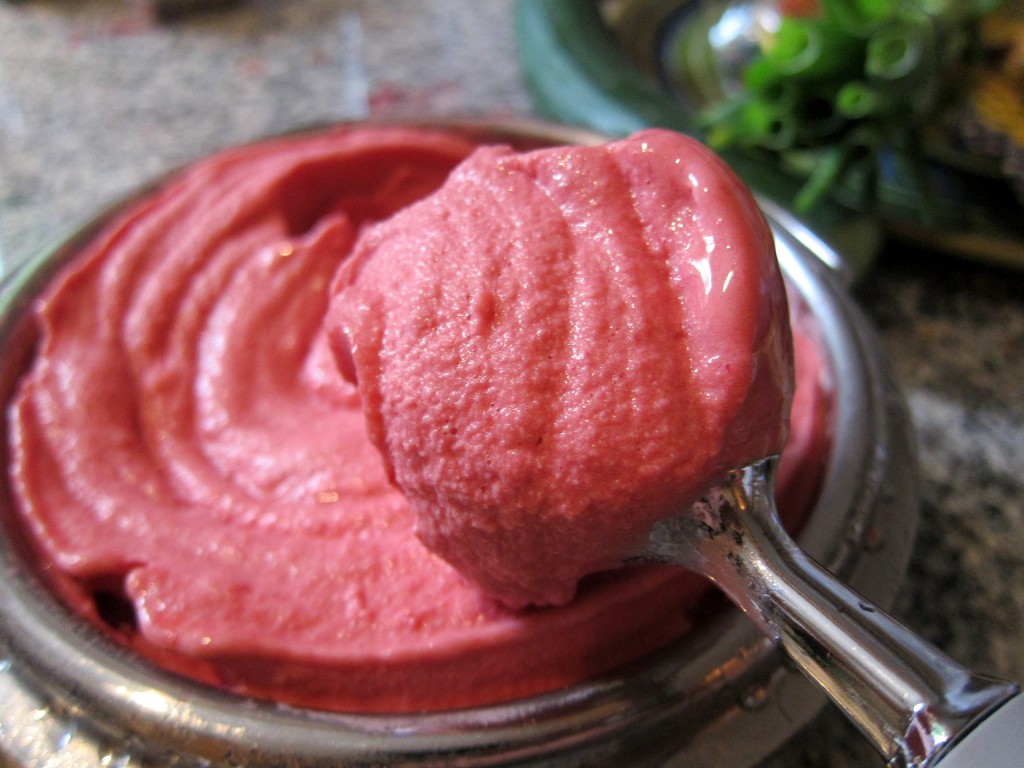
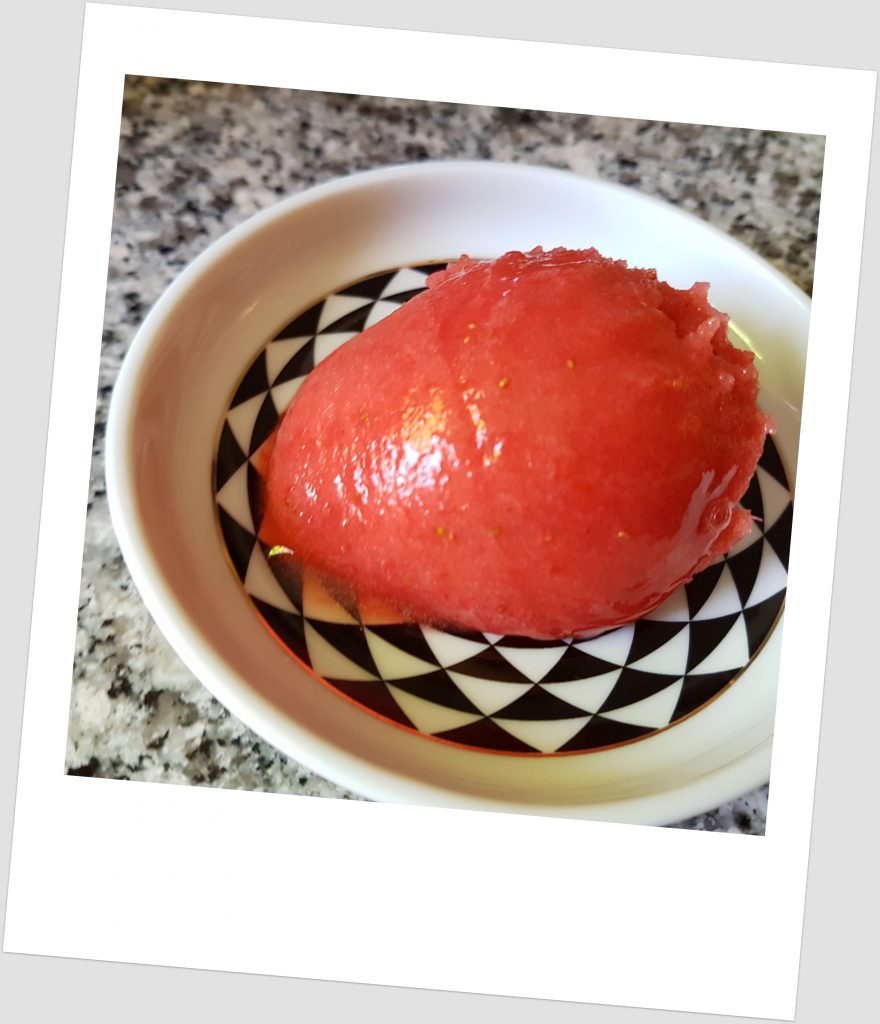
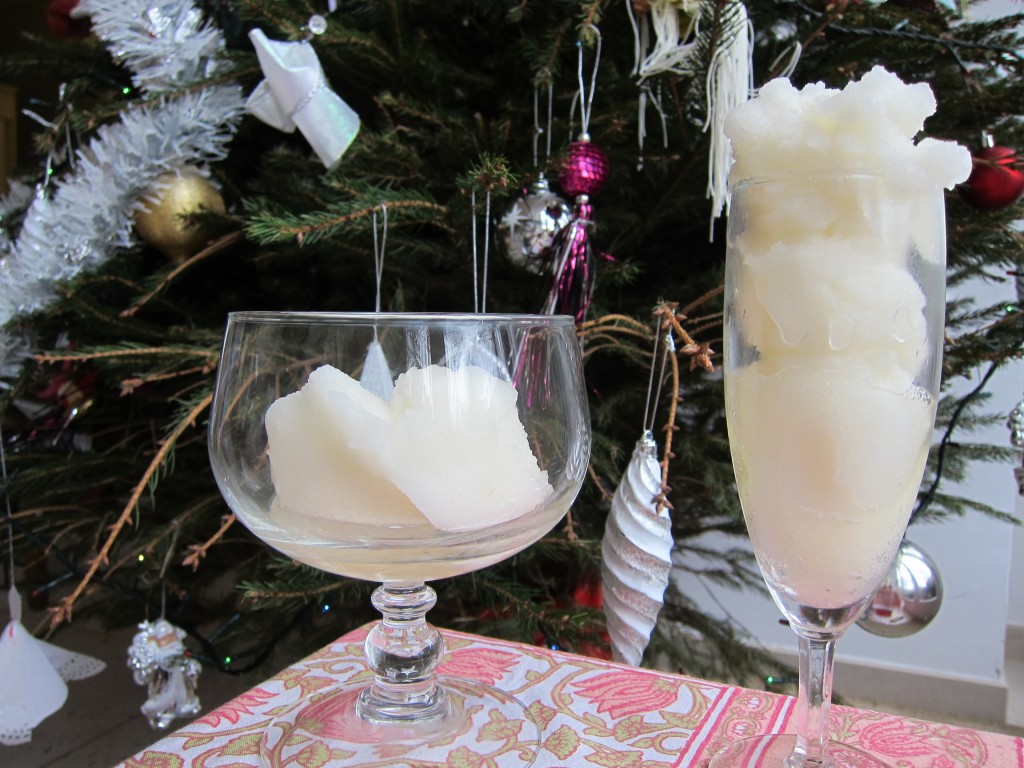
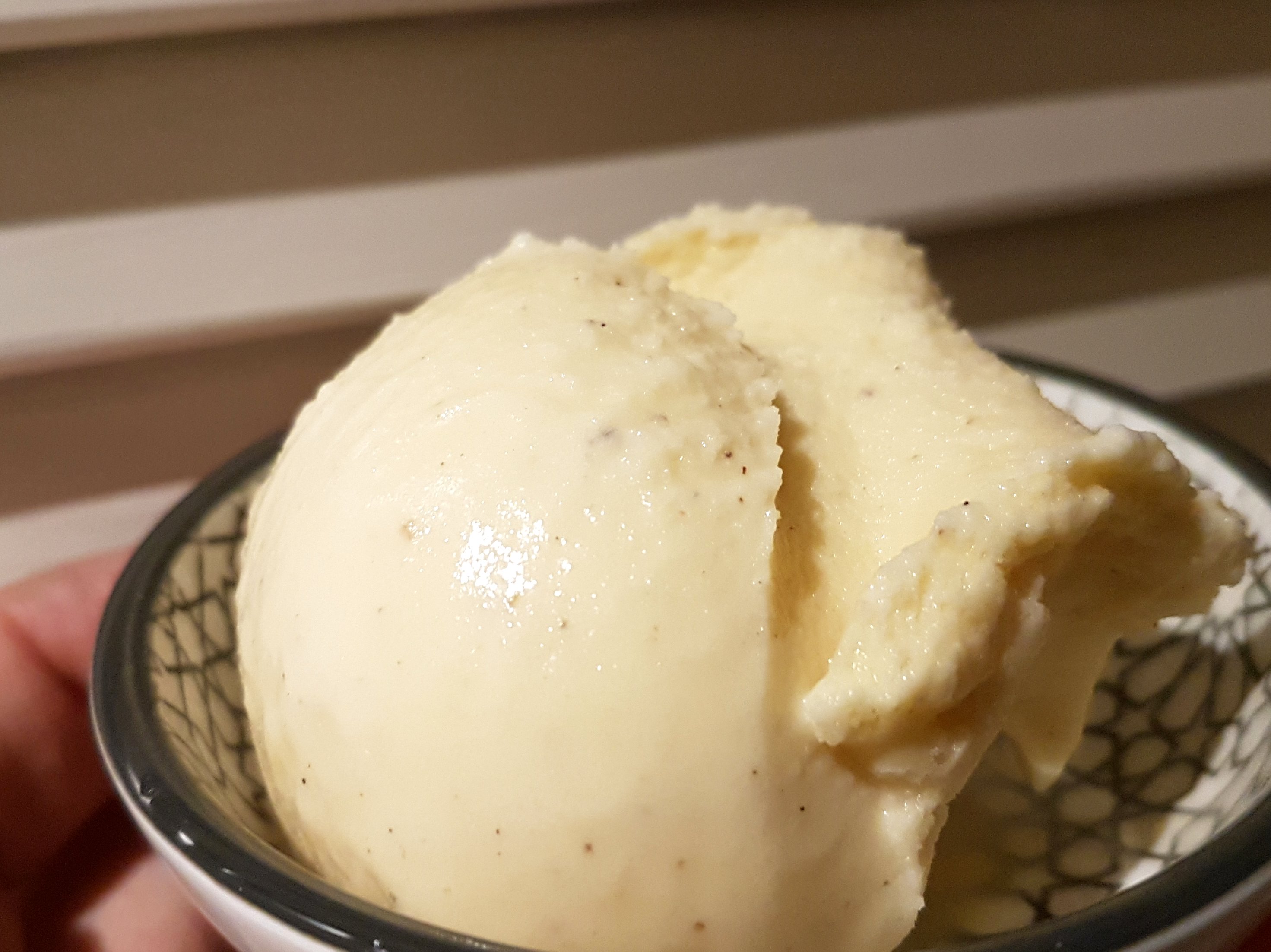

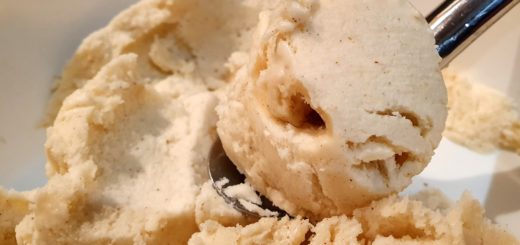


First of all, Ice Cream Nation is an Excellent name!! Glad you found my explanation of the egg test clear and useful, and thank you for stopping by my place to check it out. 🙂
Dear Jenni – thank you for your kind words, and keep up the good work at Pastry Chef Online:-)
Hi
Thanks for your article.
Can you help me find an article about “application invert syrup in compote or water juice”?
Thank you
Hi Marjan,
I’d love to help, but unfortunately, I don’t know of any such article.
Hello Anders! I’m so glad to have found you. I’m really trying to get better at sorbets since I have lots of requests for them …even though my company is called ICE CREAM Anarchy..alas! I’ve been quite successful at making fruit based sorbets .. I’ve used the egg test and it works! I would like to understand the ratios of sugar to water with NO fruit pulp component .. for example an herb diffusion or coffee or beer! Any hints? Thanks so much. Susan
Hello Susan!
The ratio of sugar to water is partly a matter of consistency and texture (getting the sorbet structure right, which should be a kind of minimum requirement), and partly a matter of taste (how sweet you want the overall sorbet to be, flavour-wise). Between these two, there is obviously some scope for experiments and personal preferences.
When fine-tuning things, you would have to consider what – and how much of it – you are putting into the sorbet (sweet fruit?, acidic fruit? extra liquids? solids and stabilising/structure-building ingredients other than sugar?). With regard to the ratio, however, it is important to remember that the overall sweetness of the sorbet base may well remain about the same. The sugar to water ratio, however, might differ when it comes to preparing the simple sugar syrup! Exactly how depends – again – a bit on the flavour and on the other ingredients.
But generally speaking, the two goals you aim for are these:
(1) getting a nice enough sorbet structure (typically requiring a certain minimum overall level of sugar), and then
(2) a sensation of sweetness that matches your desire for the flavour (depending on the flavour)
For dessert sorbets, and in refractometer-terms, we would traditionally be looking to find an ideal, overall sweetness level somewhere within the range of about 25° to 30° Brix.
My suggestion, in case you do not want to go down the refractometer-route, is to continue with the egg test as the guiding star. That should typically ensure a nice enough sorbet structure. Then, using your personal preferences, you could check and see whether your particular ingredient(s) may require some more (or less) sugar in order to come across the way you want them to.
Best of luck with your experiments!
Who are you, the Sheldon Cooper of Ice Cream?!
Susie, I’m not quite sure if I should be flattered or worried about your question 😉
I’m hoping you can help me. I recently was at a restaurant in Atlantic city nj. I had oysters on 1/2 shell and they were served with a jalepeno sorbet for topping. it was out of this world. it was like shaved ice crystals. I tried making at home with a recipe I found on line, used my ice cream/sorbet maker. it was rather easy to make but it came out creamy like sherbet. wanted it like shaved ice, did I do something wrong? please help !
Dear Cyndy,
I would wager that what you had was not strictly sorbet, but rather granita (which, strictly speaking, is shaved ice).
Think of granita as a flavoured, slightly sweetened (roughly, count with about 1/3 of sugar to the water used) mix of water which you leave to freeze in your freezer. Checking in on the liquid after about 30 minutes, you then start to scrape off crystals from the block of ice in the process of being formed, using a fork. Continue the freeezing/scraping until done. You won’t need any ice cream machine to make it. As of now, there are unfortunately no granita-recipes on this website but until such a time (it is on my list of future posts to write …), I hope this at least might give you some more guidance. And best of luck with re-creating that jalapeno granita (sounded delicious) 🙂
thank you for your insight, i’ll definetly give it a try. and it was so delicious, do try. 🙂
i’d love to hear your follow-up to this if you’ve experimented. i ordered a refractometer for my bunn ultra 1 and will be experimenting on my drinks shortly. a baseline would be really helpful. feel free to email. 🙂
I’m a bit confused about the simple syrup ratio. You said “65% sugar to 35% water” but then you gave the quantities as “500 ml (2 cups) water and 300 ml (1.3 cup) sugar”, which is pretty much the reverse! Could you please clarify which one is correct?
Dear pizzarossa,
You are totally right – I certainly did reverse the quantites: sorry for that (it is corrected by now) and thanks for being vigilant 🙂
Thanks so much for clearing that up 🙂
It looks so good!!!!!!
But I haven’t tried the recipe yet 😉
It definitely helped my sister calm down though.
(she LOVES her icecream and popsicles)
I mixed ice cream powder 500 gm with milk 1000ml and when they freeze they become soooo hard and sticky ….what is the probem???
Dear Sherif,
There are so many ice cream powders out there, so I have absolutely no idea. Perhaps you could try to ask the manufacturer?
As I see it, there is quite a way from 30-31 brix to the recipe suggestions of 65% sucrose / 35% water or even 50-50 sugar-water mix. These would, in my book, give 65 brix and 50 brix
Or am I misunderstanding something?
Hi Thomas,
Thanks for your pertinent comment! Re-reading the text, I realised that it well could have invited confusion: The “ideal Brix” refers (only) to the overall sugar content of the sorbet, and not to the sugar content of the simple sugar syrup recipes given in the post. I have reworked the text for added clarity, and hope that this now should be clearer 🙂
Hi Anders, love your article! Have been making sorbet for years and have always struggled with lemon in particular. This has been really frustrating given my tree produces close to 300 a year. I just purchased a hydrometer and can’t wait to give it a try with the perfect concentration of sugar.
Hi Barry,
Thanks for your kind words, and best of luck in your quest for the perfectly balanced (lemon) sorbet 🙂
Personally, I remain very fond of the good ol’ Egg Test, but there is no denying that a hydrometer is even more exact (and arguably less messy).
Where do you get callibrated eggs?
After having tested the egg method and compared to hydrometer readings I conclude that my eggs are improperly calibrated. When I get to 17-18 baumé (1.133-1.142 s.g.) the egg shows more than a 2,5cm diameter.
Dear Nicolai,
Eggs may indeed differ quite a lot from each other, not only in size but also in age and that obviously affect the results. In other words, since the egg test is a rule of thumb-measurement, it won’t be as exact as using dedicated instruments :-).
Thanks for the article.
What about the use of stabilizers and glucose in sorbet?
Hi Sara,
Stabilizers of different kinds (like xanthan- or guar gum, pectin, gelatin …) can be added to sorbets, notably to help maintain or improve shape and consistency. Inulin is a vegetable starch that can be used in sorbets to also improve the consistency, particulary in sorbets with little solids and a lot of water. And different types of sugars can also affect both the consistency and the overall mouthfeel and sweetness of sorbets. So yes, a lot could be said on the subject.
Glucose, like other inverted sugars (such as corn syrup) adds less sweetness than ordinary white sugar (sucrose) but packs a lot more punch when it comes to affecting the freezing and the crystallisation – in other words, using a bit glucose instead of just ordinary plain sugar can make your sorbets softer (and more creamy/less icy-like) without forcing you to make them icky-sweet in the process.
If you’d like, you can test by replacing up to, say, about 100 ml (1/2 cup) of the ordinary sugar with glucose syrup when you make your next batch of sorbets and check out the effect. Or go with less: I often add 1-2 tablespoons of glucose- or corn syrup to the base since even a relatively small amount can have a nice and noticable effect on the overall result.
So – do you need to use stabilizers and different types of sugars? Sometimes, extra stabilisers can be helpful: one particularly hot summer day, I added a little stabilising xanthan gum to the mix when I realised that the sorbet otherwise would melt before my guests would be able to get to it. If you wish to make a sorbet with a high content of alcohol, you’ll also need extra stabilisation to just keep things together. And when you’re dealing with very watery sorbet bases with little or no solids (lemon sorbet comes to mind), you would be excused if you pondered adding some glucose or corn syrup and/or a little inulin to improve the end result.
Now, for most people in most cases, the “basic” sorbet recipes without extra stabilizers or different sugars will probably be just fine. For those who wish to experiment and explore, however, there is a lot to discover! And even those less prone to experimentation could still try adding 1-2 tablespoons of glucose- or corn syrup and check if they like the result 🙂